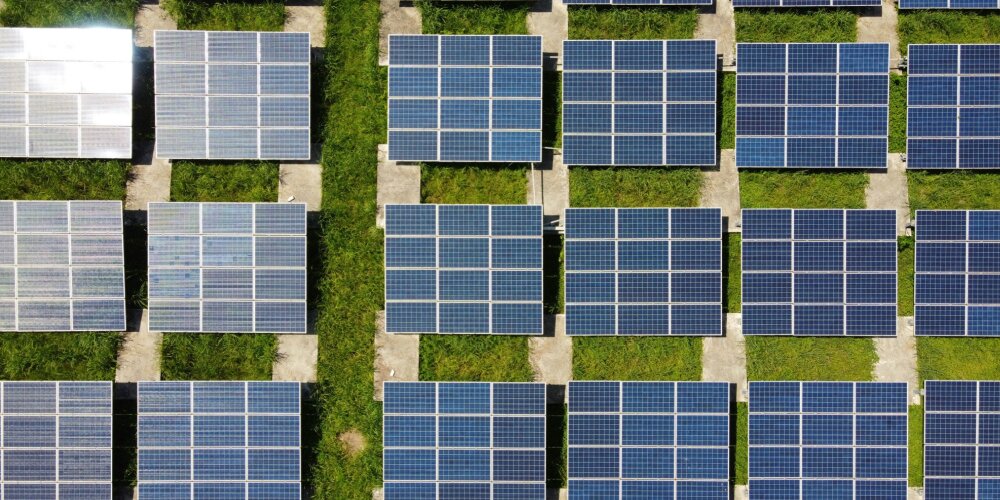Can Solar Power Help Decarbonise Industrial Production?

Scientists are constantly working to develop new methods, materials, and techniques to reduce our reliance on carbon-based products and energy sources. In fact, the popularity of renewable energy sources for electricity and greener alternatives for materials or transportation has been steadily growing amongst consumers around the world.
But one area – industrial process heat – is somewhat forgotten or glossed over. According to Emiliano Casati from ETH Zurich, ‘to tackle climate change, we need to decarbonise energy in general’, and that ‘people tend to only think about electricity as energy, but in fact, about half of the energy is used in the form of heat.’ As such, certain industrial processes ‘remain[ed] the elephant in the room’. To counteract this, Casati and his team have been exploring the possibility of using solar power to meet industrial heat energy requirements.
But first, what do we mean when we’re talking about ‘industrial process heat’? Many of the products we rely on today require vast amounts of heat during manufacture. From firing ceramics, to smelting steel, or even making glass, all of these processes require soaring temperatures of around 1,000°C or more, which have historically been produced by burning fossil fuels (and have been responsible for around 25% of global energy consumption).
Whilst solar power has been an attractive alternative, the actual execution has remained problematic – which is where Casati and his research comes into play. During a proof-of-concept study, Casati and team were able to trap and transfer solar energy at temperatures of 1,000°C and above, with more efficiency than was previously thought possible.
The breakthrough? Using semi-transparent materials to induce a thermal-trap effect, in this case a rod of synthetic quartz attached to an opaque silicon disc to absorb the energy.
Regular solar furnaces use solar receivers to reflect the sunlight and concentrate it, but these have been limited to achieving temperatures below those required for industrial use. With a thermal-trap, the quartz allows energy to pass through, but blocks the heat from escaping. This means as the silicon heats up, the thermal energy is conserved more efficiently, creating conditions that reach temperatures of 1,000°C and higher.
During their experiments, the team simulated different degrees of solar concentration, with promising results. Under the light of 136 suns, the silicon absorber plate was measured to reach 1,050°C (or 1,992 Fahrenheit). Using the quartz as a shield to retain thermal energy was also proven to increase efficiency to around 70% compared to an unshielded receiver under light concentrations of around 500 suns.
As part of our wider decarbonisation efforts, this research shows valuable promise from an industrial perspective. As explained by Casati, ‘our research showed that thermal trapping works not just at low temperatures, but well above 1,000°C. This is crucial to show its potential for real-world industrial applications.’ As part of their continued study in this area, the team are now exploring how to optimise this effect for economic viability, and exploring the functionality of other fluids or gases to reach even higher temperatures – all without the use of fossil fuels.
Looking for materials testing services?
Then you’ve come to the right place. Here at The Lab, our team has years of professional and practical experience across a broad spectrum of materials science disciplines. With access to the latest technology, our experts can conduct a range of analyses and investigations on your products.
Contact us today for an obligation-free consultation to find out how our team can assist you and your business.
Discover materials testing services at The Lab
For more advice, information, and interesting industry insights, explore The Lab’s News and Knowledge Hub…
WaveRoller Technology Soon to Become Operational | World’s First Spiral-Welded Wind Tower Begins Operation | Researchers Discover the World’s Toughest Material
- Author
- Anthony York
- Date
- 20/06/2024
